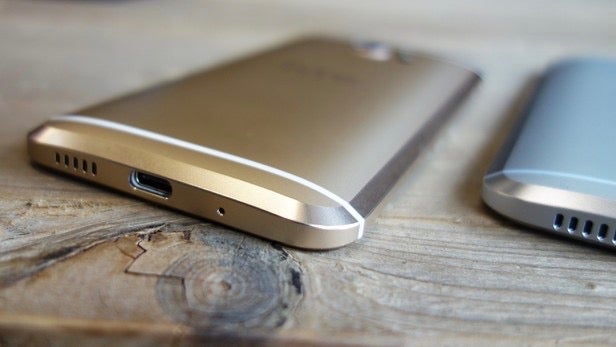Qualcomm and Google disagree over USB Type-C quick charging

Qualcomm and Google seem to have differing views over the compatibility of the Quick Charge 3.0 method with the USB Type-C connection standard.
There’s a been a lot of controversy in recent months concerning the lack of regulation over the USB Type-C connection standard, with numerous reports of dodgy cables and fried smartphones.
One of the biggest claims is that Quick Charge 3.0, the speedy charging system created by chip giant Qualcomm, should not mix with USB Type-C.
Google appears to have taken a stance against Qualcomm’s standard, with neither of its current USB-C-equipped flagship phones – the Nexus 5X and Nexus 6P – supporting Quick Charge.
Also, Google’s very own USB Type-C evangelist, Benson Leung, has spoken up on the matter in the past. “tl;dr : Type-C Spec forbids it” he said in no uncertain terms back in November.
That hasn’t stopped the LG G5 and HTC 10 from supporting QC 3.0 in recent weeks, however. This has prompted Qualcomm to speak out in defence of its standard.
“Qualcomm Quick Charge is designed to be connector-independent,” it told Android Central. “It can be implemented in a device that supports a variety of connectors, including USB Type-A, USB micro, USB Type-C, and others.”
Related: USB Type-C – Everything you need to know
“We have received no reports of user experience or device malfunction issues with or without USB Type-C connectors,” it added.
Of course, such comments fail to address the matter of those USB Type-C specifications, and whether the likes of the HTC 10 and the LG G5 are working in line with those specifications.
Next, check out our HTC 10 vs Samsung Galaxy S7 video:
Would you feel confident using Quick Charge 3.0 with your LG G5 or HTC 10? Let us know in the comments.


